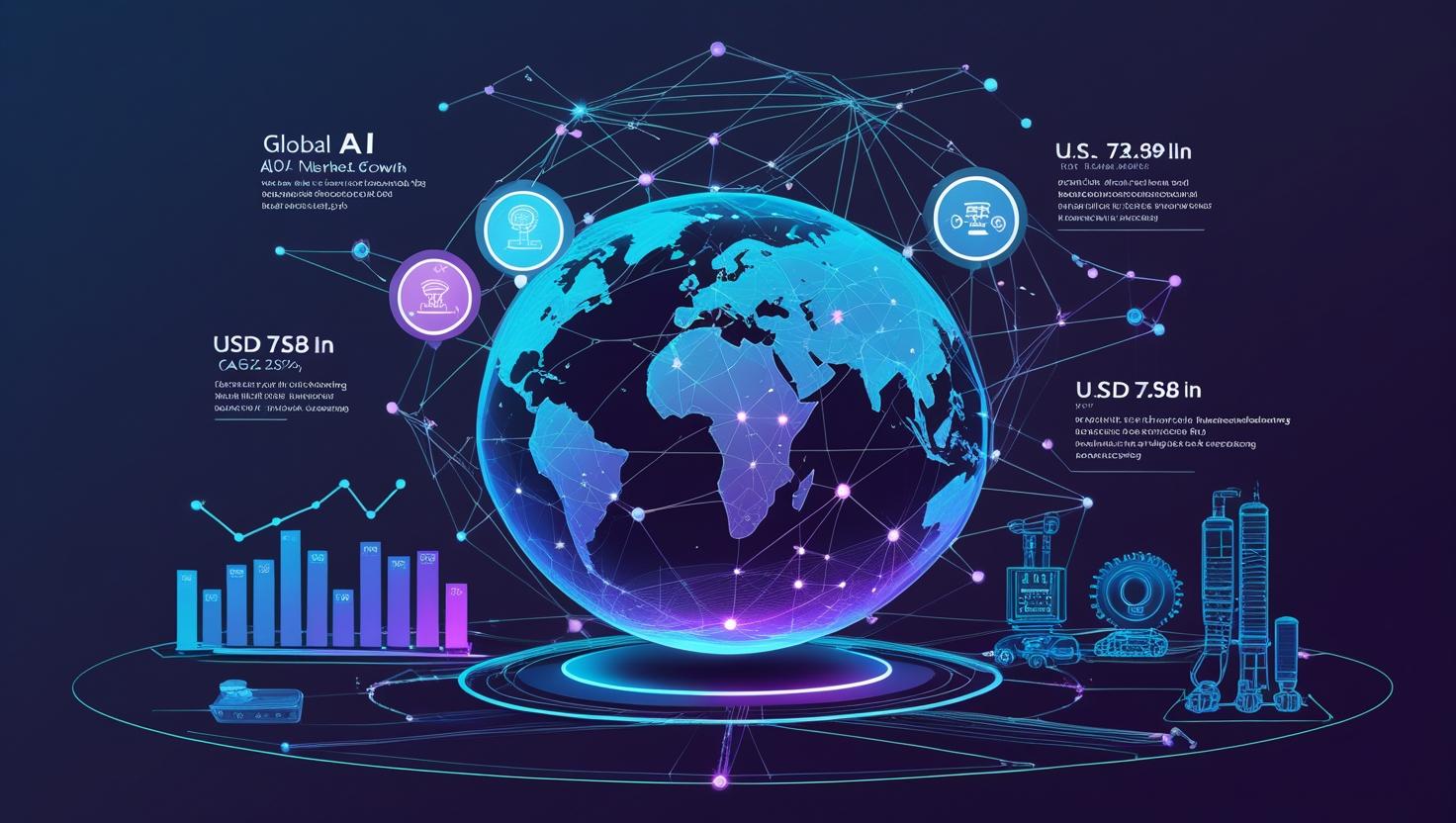The artificial intelligence landscape is experiencing a fundamental shift. While cloud-based AI solutions have dominated the market for years, a growing number of enterprises are recognizing the critical importance of keeping their AI processing local, secure, and completely under their control.
This movement toward offline AI solutions isn't just a trend—it's a strategic imperative driven by mounting concerns over data privacy, regulatory compliance, and the need for truly secure intelligence systems. Organizations handling sensitive data are discovering that the convenience of cloud AI comes with compromises they can no longer afford to make.
The Security Imperative
Traditional cloud-based AI systems require organizations to send their most valuable asset—their data—to external servers for processing. This fundamental architecture creates inherent security vulnerabilities and compliance challenges that many industries simply cannot accept.
Critical Security Concerns with Cloud AI:
Data transmission vulnerabilities, third-party access risks, regulatory compliance challenges, and loss of data sovereignty are driving enterprises to seek alternatives that keep processing power local while maintaining AI capabilities.
Healthcare organizations processing patient records, financial institutions handling sensitive transactions, and government agencies managing classified information are leading the charge toward offline AI solutions. These sectors cannot afford the risk of data exposure or the uncertainty of external processing.
The Rise of Edge AI Processing
Edge AI represents the convergence of artificial intelligence and edge computing, enabling sophisticated AI processing to occur directly on local devices or on-premises servers. This approach eliminates the need to transmit sensitive data to external cloud servers, ensuring complete data sovereignty.
Enterprise Benefits Beyond Security
While security drives the initial interest in offline AI solutions, enterprises quickly discover additional benefits that make this approach compelling from both operational and economic perspectives.
Performance and Latency Advantages
Local processing eliminates network latency, enabling real-time AI responses that are critical for applications like fraud detection, medical diagnosis, and autonomous systems. Organizations report response time improvements of up to 80% when moving from cloud to edge AI processing.
Cost Predictability and Control
Cloud AI services often come with unpredictable costs that scale with usage. Offline solutions provide fixed, predictable expenses while eliminating ongoing data transmission and processing fees. For high-volume applications, the cost savings can be substantial.
- Predictable Infrastructure Costs: One-time hardware investments replace variable cloud fees
- Eliminated Data Transfer Costs: No charges for uploading or downloading large datasets
- Reduced Bandwidth Requirements: Local processing minimizes network dependencies
- Long-term Economic Benefits: ROI improves significantly over multi-year deployments
Industries Leading the Transformation
Healthcare: Protecting Patient Privacy
Healthcare organizations are among the earliest adopters of offline AI solutions, driven by HIPAA compliance requirements and the sensitive nature of patient data. Medical imaging analysis, diagnostic assistance, and patient monitoring systems are increasingly deployed as edge AI solutions.
A recent study showed that hospitals implementing offline AI for radiology reporting saw 65% faster diagnosis times while maintaining 100% data privacy compliance. These systems process medical images locally, providing instant insights without ever transmitting patient data externally.
Financial Services: Securing Transactions
Financial institutions are implementing offline AI for real-time fraud detection, risk assessment, and algorithmic trading. These applications require immediate responses and cannot tolerate the latency or security risks associated with cloud processing.
Manufacturing: Optimizing Operations
Smart manufacturing facilities use offline AI for predictive maintenance, quality control, and process optimization. These systems analyze sensor data in real-time, enabling immediate adjustments that prevent defects and minimize downtime.
Case Study: Automotive Manufacturing
A major automotive manufacturer deployed offline AI for assembly line quality control, resulting in 40% fewer defects and 25% reduction in waste materials. The system processes thousands of images per minute locally, identifying potential issues before products leave the line.
Overcoming Implementation Challenges
While the benefits of offline AI are compelling, organizations face several challenges when implementing these solutions. Understanding and addressing these challenges is crucial for successful deployment.
Hardware and Infrastructure Requirements
Offline AI requires significant local computing power, including specialized hardware like GPUs or AI-specific processors. Organizations must invest in infrastructure capable of handling their AI workloads while planning for future scaling needs.
Model Management and Updates
Unlike cloud solutions that update automatically, offline AI systems require careful management of model versions and updates. Organizations need processes for deploying improvements while maintaining system reliability and performance.
Expertise and Skills Gap
Implementing and maintaining offline AI systems requires specialized expertise that many organizations lack internally. This challenge is driving partnerships with specialized AI solution providers and increased investment in training programs.
The Future of Offline AI
The shift toward offline AI represents more than a temporary trend—it's a fundamental evolution in how organizations approach artificial intelligence. As data privacy regulations become more stringent and security threats more sophisticated, the advantages of local AI processing become increasingly important.
Technological Advancements
Hardware manufacturers are responding to demand with increasingly powerful and efficient edge AI processors. These advancements are making offline AI more accessible and cost-effective for organizations of all sizes.
Hybrid Approaches
Many organizations are adopting hybrid approaches that combine offline AI for sensitive operations with cloud AI for less critical tasks. This strategy maximizes the benefits of both approaches while minimizing their respective limitations.
Making the Transition
Organizations considering the move to offline AI should begin with a thorough assessment of their data sensitivity, performance requirements, and regulatory obligations. The transition doesn't have to be all-or-nothing—many successful implementations start with pilot projects that demonstrate value before scaling enterprise-wide.
Key Steps for Implementation:
Assess data sensitivity and compliance requirements, evaluate performance and latency needs, calculate total cost of ownership, plan infrastructure requirements, and develop internal expertise or partnerships with specialized providers.
The AI revolution is entering a new phase where security, privacy, and control are paramount. Organizations that embrace offline AI solutions today will be better positioned to compete in an increasingly data-driven world while maintaining the trust and confidence of their customers and stakeholders.
As we look toward the future, offline AI isn't just about security—it's about empowering organizations to harness the full potential of artificial intelligence on their own terms, with complete control over their most valuable asset: their data.




